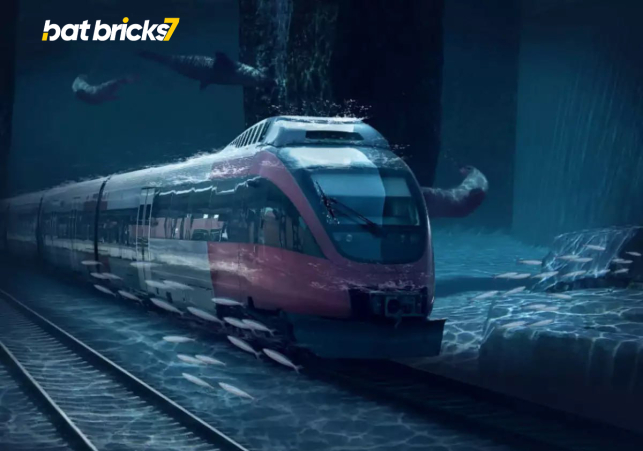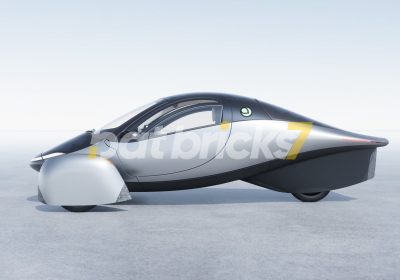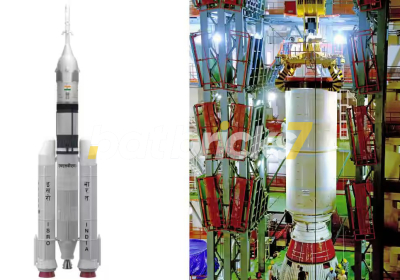Construction Starts on Underwater High-Speed Rail Tunnel

Underwater High-Speed Rail
Construction is getting underway near Mumbai, India, on an undersea tunnel that's part of a high-speed rail project
The National High Speed Rail Company Limited (NHSRCL) said the 7 kilometer (4.4 mile) tunnel will consist of a single tube, 13.2 meters (43 feet) in diameter, and it will be the first undersea tunnel in the South Asian country. It will be part of a more expansive 21 kilometer-long tunnel in the Indian state of Maharashtra.
"Construction of 21 kilomteres of tunnel is one of the most challenging contracts of the Mumbai- Ahmedabad HSR corridor, which includes construction of country's first twin track under sea rail tunnel of 7 kilometers at Thane Creek," Shri Rajendra Prasad, managing director of NHSRCL, said in a statement on the company's website. "Three tunnel boring machines and new Austrian tunnelling method will be used for the construction of this tunnel."
Narendra Modi (left) and Shinzo Abe at a bullet train manufacturing plant in Kobe, Japan, on November 12, 2016. Construction is getting underway near Mumbai, India, on an undersea tunnel that's part of a high-speed rail project,
The tunnel will be bored under Thane Creek in order to protect the local environment – a protected sanctuary for flamingos and nearby mangroves.
According to official specifications from NHSRCL, the twin-track tunnel will be between 25 and 65 meters below ground level and a 13.1-meter diameter cutter head will be used to bore. Construction will be facilitated by three shafts, at approximate depths of 35, 39 and 53 meters.
Construction has also begun on additional tracks as part of the high-speed project near the city of Surat.
Last month, a high-speed rail bridge was erected in the country in the space of just 24 hours. Also part of NHSRCL's high-speed rail project, the bridge was successfully launched over the Delhi-Mumbai National Expressway near Vadodara, Gujarat.
According to NHSRCL, the undertaking involved 3,000 metric tons of steel, standing 18 meters high and 14.9 meters wide.
The Mumbai-Ahmedabad High-Speed Rail Corridor, often referred to as the bullet train project, is India's first high-speed rail line, connecting the major cities of Mumbai and Ahmedabad on the western coast of India.
The concept of the high-speed rail line was first proposed in the early 2000s, with a feasibility study commissioned in 2010. Official approval for the project was granted in 2015, and the foundation stone was laid by Indian Prime Minister Narendra Modi and then-Japanese Prime Minister Shinzo Abe in September 2017.
The total cost of the project is estimated to be $15 billion, primarily financed through a $12 billion loan from Japan, with the remainder funded by the Indian government.







